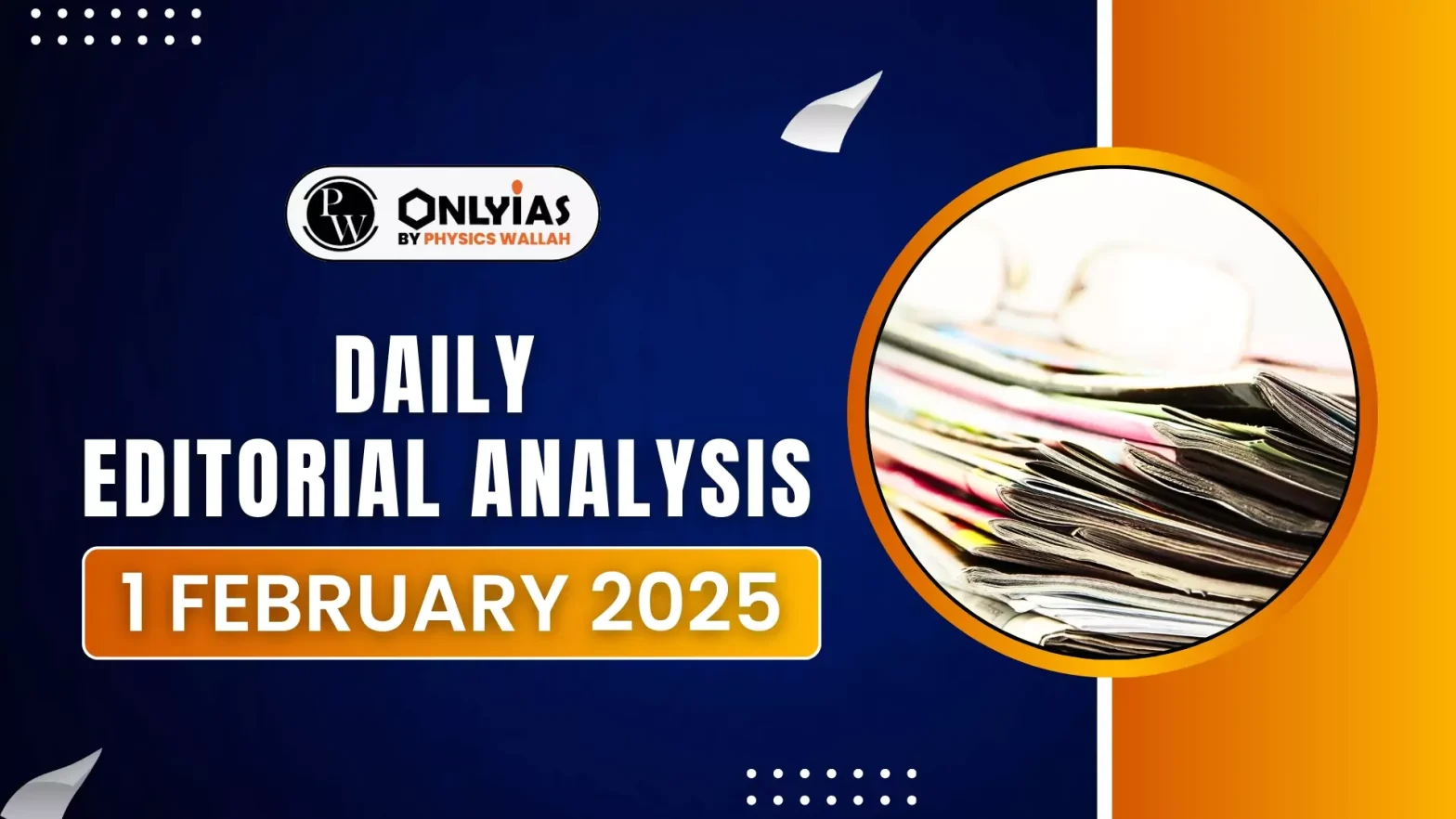India and China are finally talking to each other again rather than past each other.
Historical Framework (1988 Onwards)
- Diplomatic Framework: The 1988 Rajiv Gandhi Visit: Since Rajiv Gandhi’s breakthrough visit to Beijing in 1988, India-China relations have largely been shaped by four key pillars:
- Summitry : Regular high-level meetings, both bilaterally and multilaterally, often more than once a year.
- Border Negotiations :Ongoing discussions aimed at resolving territorial disputes over three decades.
- Confidence Building Measures (CBMs): To reduce the likelihood of conflict at the border, especially during military standoffs.
- People-to-People (P2P) Ties :Cultural exchanges, tourism, academic collaborations, and trade that helped stabilize relations at a societal level.
- Border Tensions : Given the potential for military clashes at the border, Confidence-Building Measures (CBMs) were established to reduce escalation risks. These measures, including military disengagement protocols and communication channels, helped maintain a level of military stability.
- Galwan’s Uniqueness: The Galwan clash in 2020 was an exception to the generally low-fatality nature of prior encounters, but it highlighted the importance of CBMs in managing future risks. The fact that fatalities were relatively low in comparison to similar global conflicts suggests that preventive mechanisms still played a role.
- Role of P2P Ties: Despite diplomatic tensions, people-to-people ties (such as education and trade) continue to play a significant role in bridging the gap between the two nations.
- Indian students in China receiving high-quality, affordable education exemplify this ongoing connection.
Enroll now for UPSC Online Classes
Factors Driving India -China Normal Diplomacy
- Economic Interdependence: Both India and China rely on each other economically. India’s growth has slowed to around 7% annually, while China’s economy is facing 5% growth, with potential further declines. To sustain growth.
- Indian businesses need Chinese products, especially in critical sectors like pharmaceuticals, electronics, and infrastructure. In turn, China views India as a growing market, with ample opportunities for trade.
- Diversification Needs : Amid increasing Western protectionism, Chinese businesses are eager to diversify and expand in markets like India, which presents a large potential consumer base.
- Military Stalemate : The Galwan clash highlighted the stalemate in military relations. Both India and China have positioned large military forces in challenging border environments.
- The immense cost of maintaining these forces — both in terms of personnel and resources — makes long-term military conflict undesirable.
- Neither country is likely to achieve an outright victory in the border area due to its terrain and climatic conditions.
- Other Military Concerns: For India, the Pakistan conflict remains a concern, particularly the threat of a two-front war with both Pakistan and China.
- China’s focus is primarily on East Asia, especially tensions with Taiwan, Japan, and the South China Sea, where potential conflicts could also drag in the US.
- Shared Concerns: Both India and China are wary of US influence and policies. While India and the US share close ties, they continue to have disagreements on issues such as trade, immigration, and democratic practices.
- For China, the US‘s stance on Tibet, Xinjiang, and the weaponization of trade and technology creates tension.
- Bargaining Power with the US: As both countries navigate their relationship with the US, they may use diplomatic engagement with each other to signal that they have other strategic alternatives to rely on if pushed too far by Washington.
- This serves to enhance their bargaining power in negotiations with the US.
India-China Détente
- India-China Confrontations: India and China have faced multiple confrontations since 2010, with notable clashes in 2013 (Depsang), 2014 (Chumar), 2015 (Burtse), 2017 (Doklam), 2020 (Galwan), and 2022 (Yangtse).
- Casualties were reported in Galwan and Yangtse, marking some of the most severe clashes in recent years.
- Given this pattern of territorial disputes and frequent tensions, the question arises whether the current détente will last.
Challenges to Lasting Peace
- Territorial Disputes : Territorial issues, particularly those involving land and water, are deeply tied to national sovereignty and identity. These disputes are hard to manage and even harder to resolve, making the chances of a permanent solution challenging.
- Both countries have strong emotional and political stakes in their respective territories.
- Historical Sensitivities : Both India and China have sensitive memories related to their colonial pasts and the subsequent struggle for sovereignty. Both countries have an enduring sense of victimhood, where any challenges to their sovereignty are perceived as direct attacks on their national identity.
- This creates a complex and volatile foundation for negotiations.
Drivers of Detente
- Structural Factors: Economic interdependence, Military stalemate and resource strain, Political concerns over the U.S.’ role and influence.
- These long-term drivers suggest that the thaw in relations will likely continue, even if a comprehensive border and strategic agreement remains elusive.
- Outlook: While a return to full normalisation is possible, periodic clashes cannot be ruled out due to unresolved territorial disputes and deep-seated mistrust.
Check Out UPSC NCERT Textbooks From PW Store
Conclusion
India-China relations should, therefore, continue to soften and normalise even if a long-term border and strategic agreement appears difficult to achieve.
Ready to boost your UPSC 2025 preparation? Join PW’s UPSC online courses today!
![]() 1 Feb 2025
1 Feb 2025

